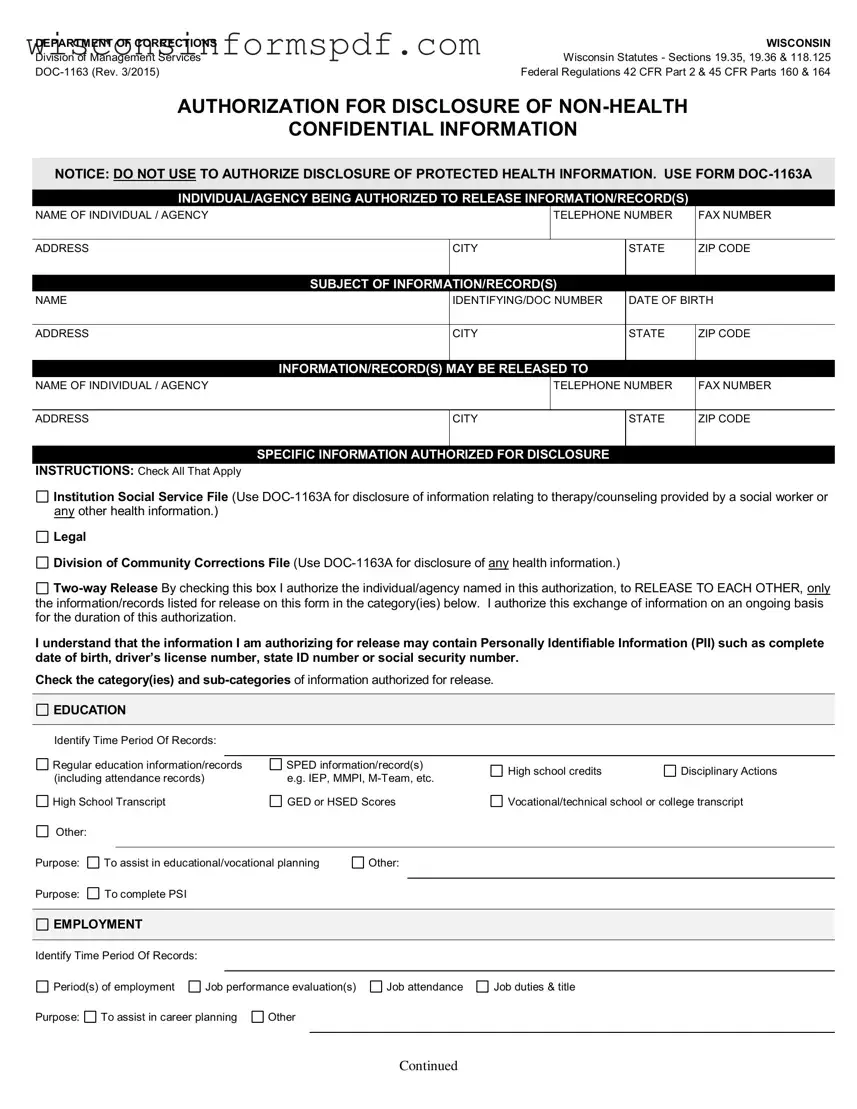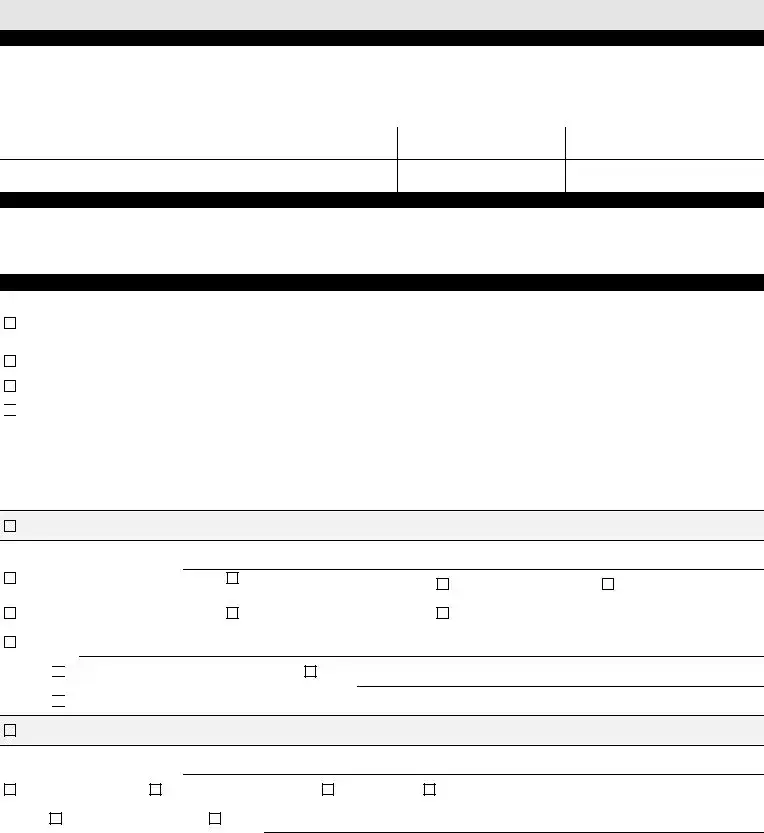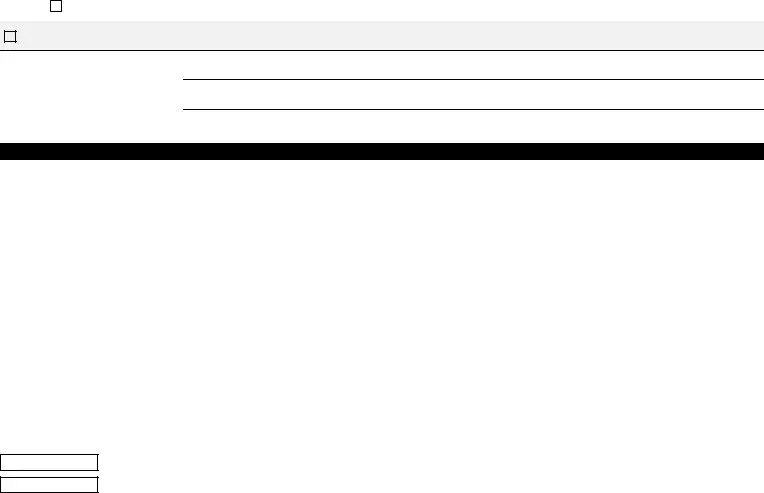The Wisconsin Doc 1163 form, focused on authorizing the disclosure of non-health confidential information, shares similarities with several other forms and legal documents across different sectors. This form's counterparts vary in focus, from health-related disclosures to educational consent forms, reflecting the broad spectrum of privacy and information sharing in today's legal landscape.
One analogous document is the HIPAA Authorization Form, essential for disclosing health information in compliance with the Health Insurance Portability and Accountability Act. Like the DOC-1163, the HIPAA form allows individuals to specify what health information can be shared and with whom, protecting patient privacy while facilitating necessary communication between healthcare providers and authorized entities.
The Family Educational Rights and Privacy Act (FERPA) Release Form shares a straightforward resemblance to the DOC-1163 by governing the disclosure of educational records. Both documents empower individuals to control the dissemination of their personal information, whether it pertains to academic performance or other non-health related confidential data, underscoring the importance of informed consent in personal data sharing.
The General Authorization for Release of Information parallels the DOC-1163 by broadly addressing the release of assorted records, not limited to the healthcare or educational context. This form is a versatile tool in legal and administrative processes where a person's information needs to be shared across institutions or agencies for various purposes, including but not limited to, employment or legal matters.
Employment Verification Forms are used by employers to confirm a candidate's employment history and credentials. Like the DOC-1163, which can authorize the disclosure of employment records for career planning or legal purposes, these forms facilitate the sharing of career-related information but with a focus on verifying past employment specifics for potential future employers.
The Substance Use Disorder Treatment Consent Form is specialized for cases involving the disclosure of information related to substance abuse treatment. Although it targets a different type of information compared to the DOC-1163, both documents similarly ensure that sensitive information is only shared according to the expressed wishes of the individual, with a keen eye on privacy and legality.
The Driver's Privacy Protection Act (DPPA) Request Form, akin to the DOC-1163, regulates the release of personal information from the records of the Department of Motor Vehicles. Both seek to protect individual privacy by requiring explicit authorization before sensitive data like driving records or related personal information can be shared, emphasizing consent in the disclosure process.
The Social Security Administration's Authorization to Disclose Information to the Social Security Administration (SSA) is intended specifically for sharing information with the SSA. Similar to the DOC-1163's approach to non-health confidential information, this form ensures that individuals' social security data and related personal information are disclosed only for authorized purposes, following a documented consent process.
The Medical Records Release Form, though primarily focused on health information, overlaps with the DOC-1163 in the mechanism of consent for data sharing. Both forms facilitate a controlled, authorized exchange of personal information, ensuring that any release of records, whether medical or non-health related, respects the individual's privacy and legal rights.
Last but not least, the Consent to Background Check Forms used by employers for pre-employment screening share a common function with the DOC-1163. They both involve the authorization of releasing personal information for specific purposes, in this case, evaluating a candidate's suitability for employment, highlighting the universal necessity for consent in the sharing of personal data.
In essence, the Wisconsin DOC 1163 form embodies a critical aspect of modern privacy governance: ensuring that information sharing across various domains is conducted ethically, legally, and with explicit consent. Its counterparts across various fields reinforce the idea that whether it's a student's academic record, an individual's health information, or someone's employment history, the right to privacy and informed consent remains a cornerstone of information disclosure practices.





 To assist in educational/vocational planning
To assist in educational/vocational planning
 To complete PSI
To complete PSI